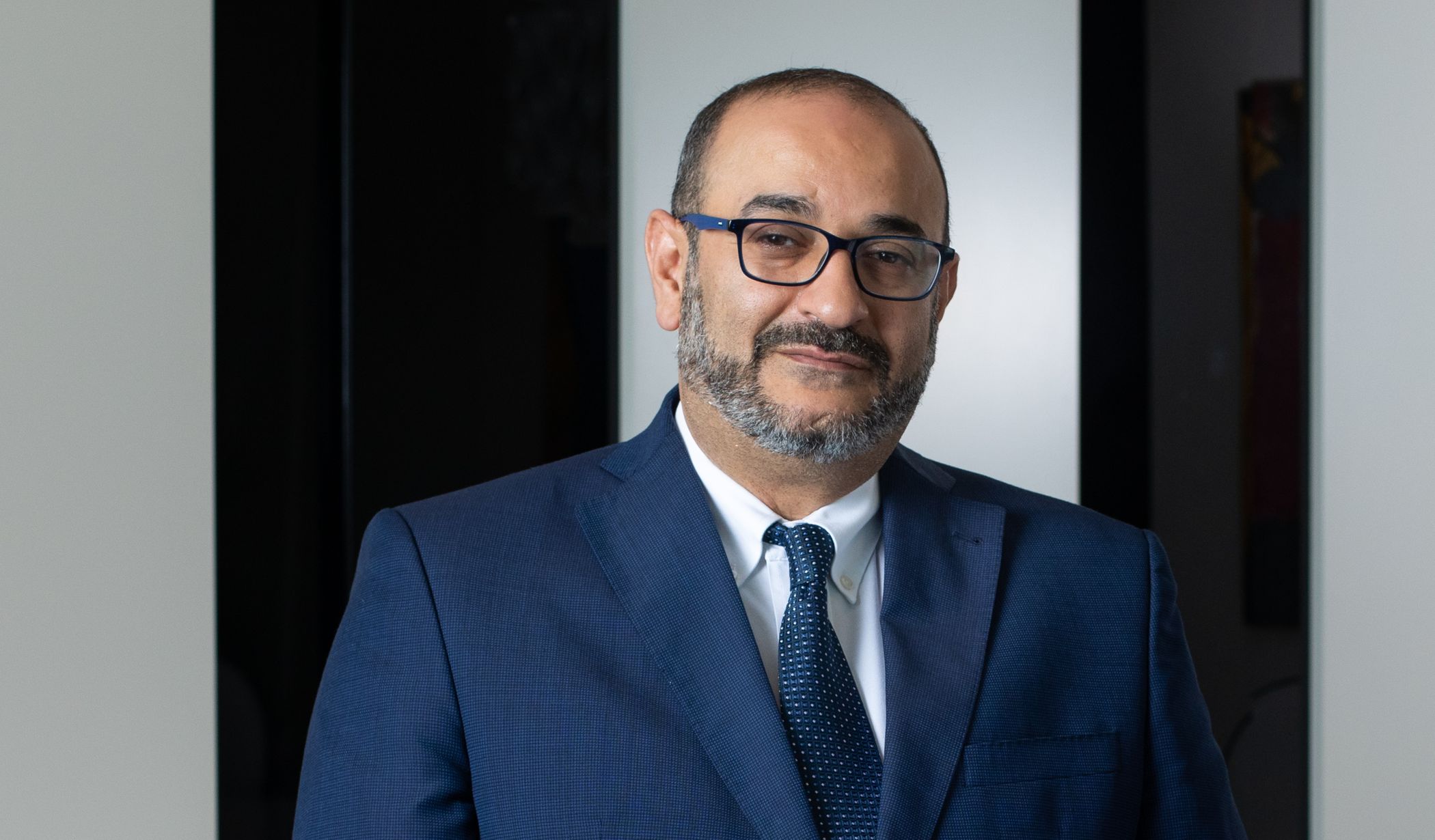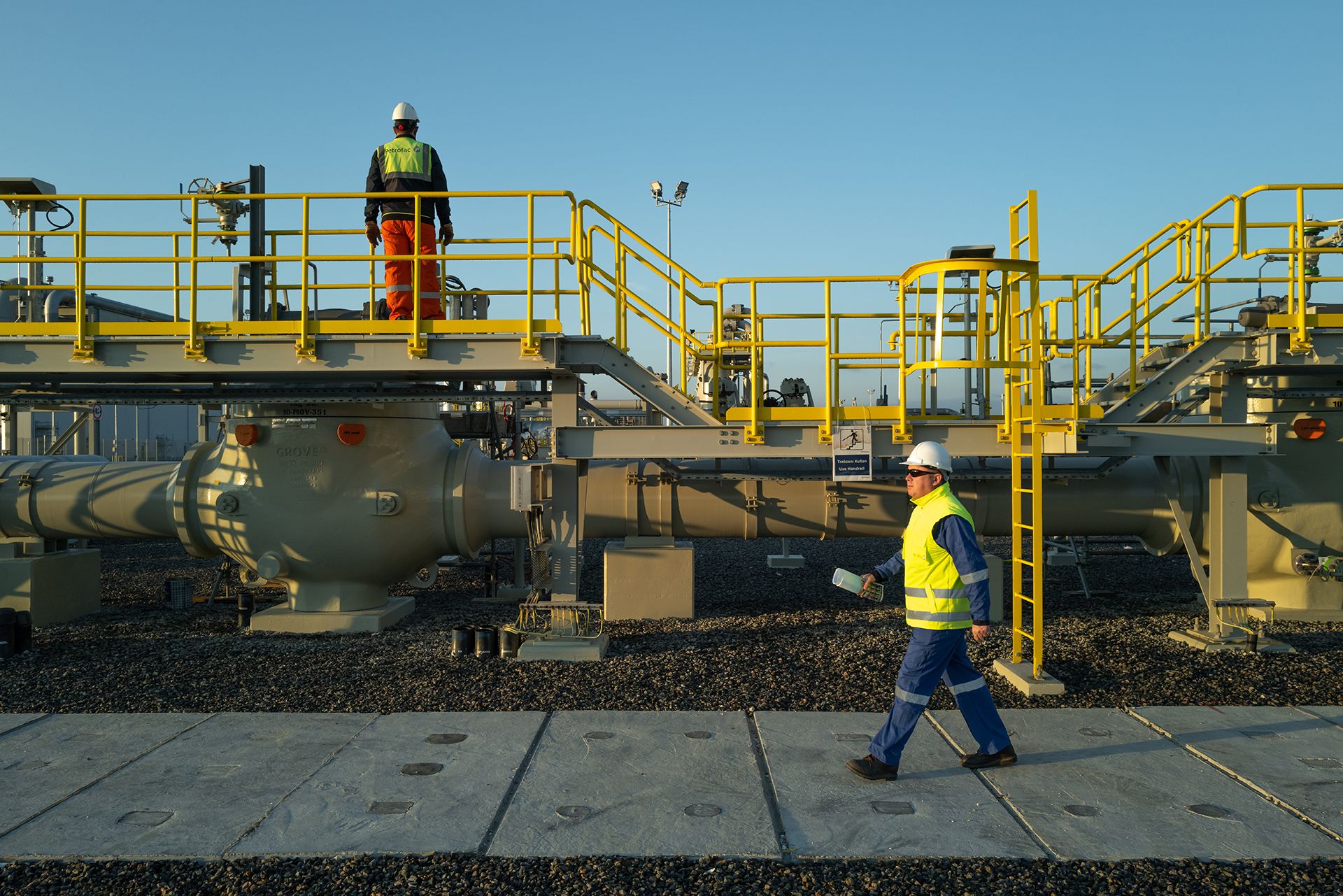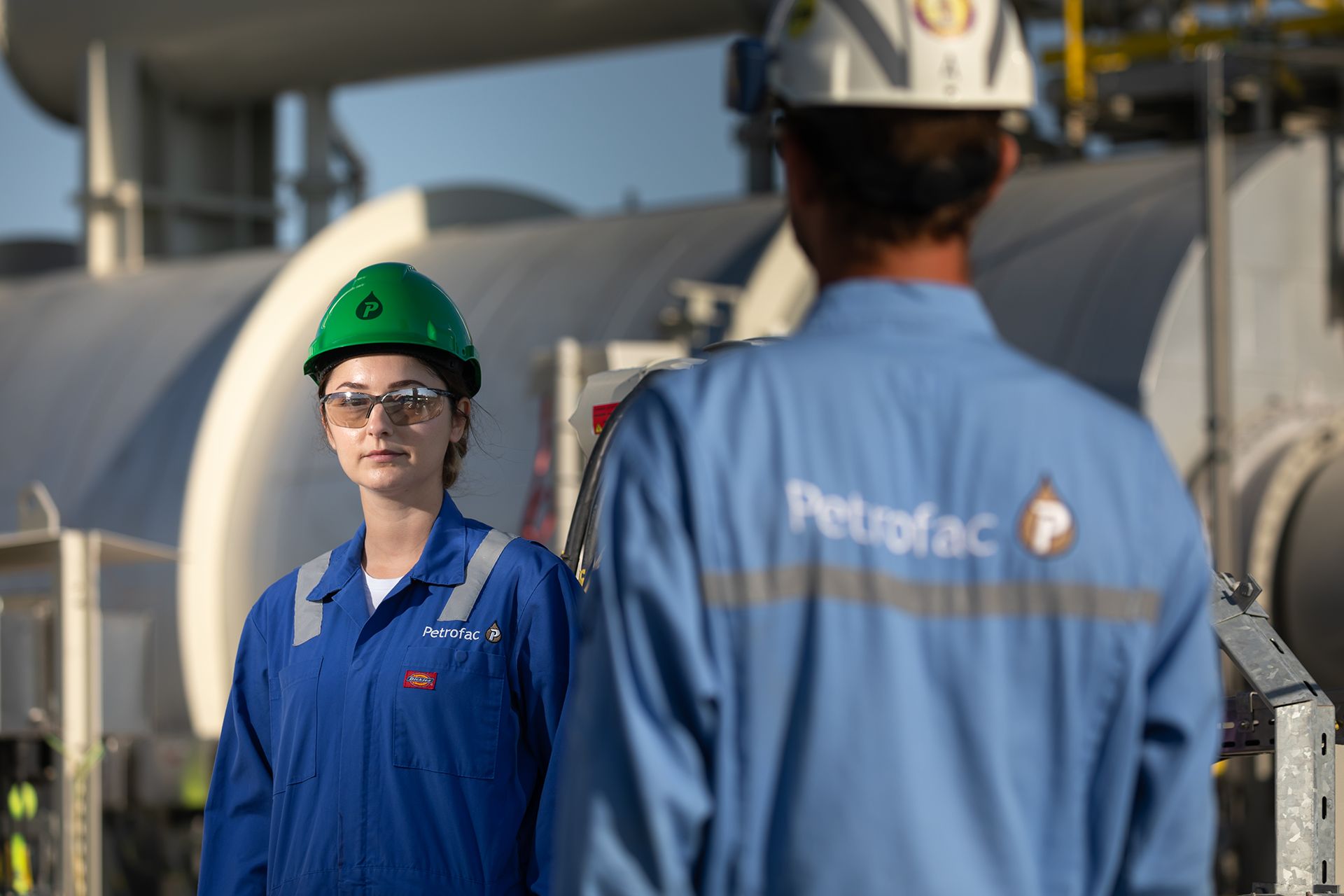
At the beginning of a new decade, a new project that will meet the energy demands of south and southeast Europe for decades to come is now operational.
TurkStream delivers natural gas from Russia to Turkey, with the capability of powering an incredible 15 million homes.
Two parallel pipelines begin on the Russian coast near the town of Anapa, travelling 930 km across the Black Sea at depths greater than 2 km to a gas receiving terminal in the Thrace region of Turkey. One onshore pipeline caters to the Turkish market, while a second will supply countries in south and southeast Europe.
PIPELINE TO SUCCESS
THE TURKSTREAM NATURAL GAS PIPELINE PROJECT SPANS TWO COUNTRIES, THE BLACK SEA AND MORE THAN 930 KM. WE LOOK AT PETROFAC’S ROLE IN A PROJECT THAT HAS BEEN LAUDED A TECHNICAL FEAT
WORDS CHRISTINA McPHERSON
IMAGES CHRISTOPHE VISEUX
PUBLISHED MARCH 2020
PROJECTS
TurkStream: the scope
Petrofac’s scope encompassed the provision of engineering, procurement and construction (EPC) of the gas receiving terminal near the small coastal village of Kiyikoy, as well as onshore inlet pipeline installation.
The terminal receives gas from the pipelines, measures its volume, controls temperature and pressure, and then relays the gas into onshore pipelines for distribution to the Turkish gas grid and beyond. Equivalent to the size of 27 football pitches, the facility is vast and complex. Preparatory work included surveying, vegetation clearance, site levelling and construction of access roads. Petrofac was then tasked with the piping and mechanical works; laying of cables; electric works; and construction of internal roads, foundations, buildings such as the control room, and the operational and instrumentation control systems.
The installation of the onshore pipelines from the Black Sea to the gas receiving terminal was also carried out by Petrofac. The corridor was stripped of vegetation and topsoil to prepare it for pipe-laying. Trenches were then dug to a depth of 2.5 m and, once welded, the pipelines were laid in the trenches and covered with the topsoil (read more about the reinstatement work onsite here).
At peak the site’s camp was home to a workforce of almost 2,500 people, with nationalities including British, Turkish, Indian, Lebanese and Russian to name a few.
The first time gas was injected into the system, last October, was a proud moment for many in the young project team – and marked the culmination of two years of intense work and a big collaborative effort between Petrofac, the client and subcontractors.
The fast-track contract was approximately 340 million Euros.
The footprint of the receiving terminal is 27 hectares – the equivalent of 27 football pitches.
The receiving terminal will process 31.5 billion cubic metres (bcm) of gas per year.
IN NUMBERS
Fast tracked and first rate
What sets this project apart is its accelerated schedules. Delivered in just two years, a fast-track project has many challenges to overcome, not least the procurement of materials. The delivery of long-lead items was carried out as efficiently possible, in many cases even ahead of the committed dates.
Likewise, construction was challenging. Working in a remote area with no existing infrastructure, meant preparation of the site took six months. This had a knock-on effect on construction and the team only had 18 months to build the facility. It was therefore essential to continually engage with our subcontractors to ensure the engineering was on track and to a high quality.
Despite the tight timescales, the project was completed one month ahead of schedule – a fantastic achievement that has strengthened the relationship with client Gazprom and will undoubtedly open the door to further opportunities.
“What I learned from this project is that nothing is impossible,” says Project Director Khaled Al-Shrouf. “Nobody believed this project would be delivered on time, but we delivered it ahead of schedule.
“There was a clear focus from everybody to make sure we delivered it safely in a quality manner, as per the expectations of the client. I’m proud of the teamwork and the collaboration between all the departments of Petrofac.”
“The client said that this is the best project he’s ever executed.”

Khaled Al-Shrouf
“What I learned from this project is that nothing is impossible.”




Breaking new ground
A second factor that made TurkStream unique was its location. Energy consumption in Turkey is rising – it increased by 9.5% in 2017 alone – and 14 million households and almost 50 million people rely on gas for cooking, warm water and heating.
TurkStream was Petrofac’s first project in Turkey, aligning with our strategy of working in complementary markets. The company hired extensively from the local market, while supporting the local community of Kiyikoy (read more about our corporate social responsibility work here).
The project garnered a huge amount of interest throughout its duration, owing to its importance to Turkey’s rising energy demands, sheer magnitude, and strategic location linking two countries. Progress was closely monitored by the media as well as the Turkish and Russian governments.
“Our first project in this market, its success has proven Petrofac’s capability in delivering not only mega-projects but also medium-size projects on a fast-track basis,” adds Khaled. “We achieved all of our targets as a company.”

